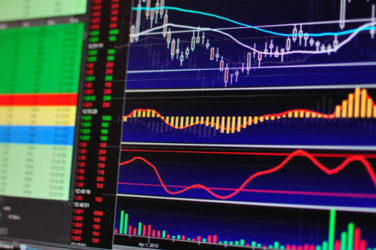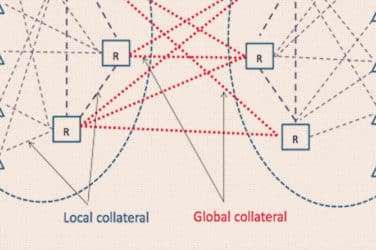
The ‘leap’ second that will be added to clocks later this year is exposing vulnerabilities in the time synchronization systems in use by financial markets.
“On June 30, Greenwich Mean Time at midnight, there’s going to be a 61-second minute,” said Victor Yodaiken, CEO of FSMLabs. “It’s kind of like Y2K, but it’s a little bit more weird, because at least with Y2K, the calendars made sense, it was just that the programs didn’t deal with it. In this case, the official idea that you have a 61-second minute is a little bit strange.”
He added, “A 61-second minute is not anything that any of our computer systems know how to deal with.”
A leap second is a one-second adjustment that is applied to in order to keep its time of day close to mean solar time. Without such a correction, time reckoned by Earth’s rotation drifts away from atomic time because of irregularities in the Earth’s rate of rotation.
Since this system of correction was implemented in 1972, 25 such leap seconds have been inserted. The most recent one happened on June 30, 2012. A leap second will again be inserted at the end of June 30, 2015.
“There have been a number of them, and actually all the most recent ones have been accompanied by a series of failures in markets,” Yodaiken said. “In fact, there have been failures in markets from this one already, before it even happened.”
The problem is that most time synchronization systems in place today were implemented at a time when financial markets were still largely voice-based. Today, with transaction speeds being measured in nanoseconds, such systems are inexact.
In order to mitigate the risks of inaccurate time stamps when disseminating and trading on sensitive market information, firms are implementing precision time stamps based on the atomic clock operated by the National Institute of Standards and Technology in Boulder, Colo.
Most systems in financial markets use Global Positioning System (GPS) time, which closely approximated NIST time. “GPS carries a little bulletin and sends that to all the devices saying, ‘There’s going to be a leap second added at the end of June,’ and some of the devices were not smart enough about that, and have already just adjusted their time immediately. The big issue is nobody could have predicted that one second would be a very long time in the market. Now it’s tens of thousands of transactions in a second, potentially, or more. So it’s a really long time.”
Finra rule 7430 requires that all computer system clocks and mechanical time-stamping devices be synchronized to any source within one second of the National Institute of Standards and Technology standard. All clocks and time-stamping devices must remain accurate within a one-second tolerance of the NIST clock, including the difference between the NIST standard and a time provider’s clock; transmission delay from the source; and the amount of drift of the clock.
The majority of time synchronization systems use free software, NTPd and PTPd, which support Network Time Protocol and Precision Time Protocol, respectively. “There’s been a lot of unrest in the technical community about the quality of that free software recently, a bunch of security failures,” said Yodaiken. “There’s a whole big effort to rewrite NTPd that’s coming out of the Linux Foundation, and there’s multiple streams of PTPd. Our theory from the beginning has been this is something that requires am enterprise solution.”
Featured image by Nomad Soul/Dollar Photo Club





